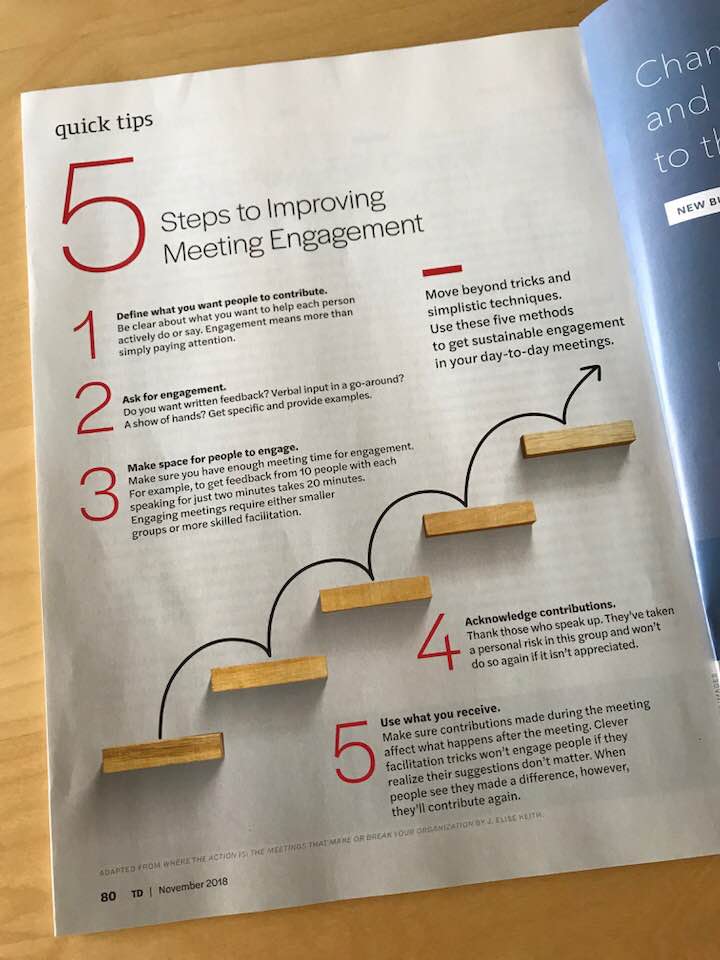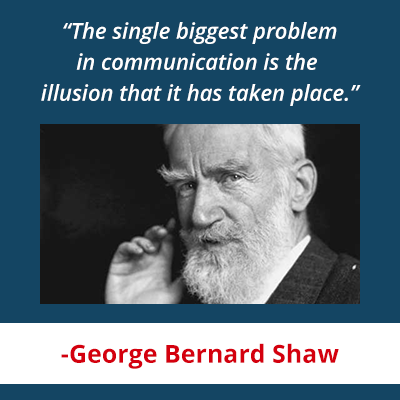Meetings Taking Too Long? 6 Tips for Shorter Meetings
We’ve all been in meetings that take longer than they should. But if you’re leading a meeting, how can you streamline that meeting and share the load with your team? Here are six practical, simple ways to cut your meetings down to size.
1. Clarify the Goal

The number one way to fix meetings taking too long? Get clear about when they should end.
This is simple, but often overlooked. When you schedule your meeting, tell everyone: “When we achieve [the meeting’s goal], this meeting is over.” It’s up to you to define your meeting’s goal. For instance: “When we agree on the features to include in the next release of the software project we’re working on, this meeting is over.”
By setting the criteria for meeting success up front, you achieve alignment within the group, and you make it clear what it will take to finish. Both of these help streamline discussions — you’re driving toward a clear goal.
Clear goals = shorter meetings.
2. Simplify the Agenda

If you have a lot of material to cover, remove the smaller stuff and consider breaking your meeting up into multiple sessions. While there’s no simple guideline to know precisely how many agenda items your team needs (every team is different), ask yourself: Do I need everyone in the room to deal with every one of these agenda items? Wherever the answer is “No,” cut that agenda item and deal with it elsewhere.
You may find that some items require the attention of more than one person, but not all the people in your meeting. When this is the case, it’s your call whether the item should be in your agenda or should be handled in a sub-group and the result brought back to the team. The key point is to examine your agenda items with this criteria in mind before you go ahead with your meeting. Your attendees will thank you.
Also, be sure to assign time for each agenda item, and track to that time. If you’re going over time on a given agenda item, make a choice in the moment: either stop the discussion and deal with the issue elsewhere (in a next meeting or separate discussion), or commit to spending extra time. If your key priority is to make your meeting shorter, that decision is easy to make.
3. Remove Nonessential People

If you have someone sitting in a meeting, that person has to be there for a good reason. All too often, we invite people to a meeting even when they have nothing to say and no job to do in the room — they’re not taking notes, they’re not deciding on issues, they’re not leading a discussion, and they won’t take away any action items. This is not a courtesy; it’s a waste of time.
Be ruthless with your attendee list. When someone does not have a job in the meeting or a strong need to be in the room at that moment, remove that person from the meeting. Send just the results of the meeting to that person. By reducing the number of people in the room, your discussions will go faster and the collective amount of staff time used by the meeting goes down.
4. Have Meeting Participants Write Their Reports in Advance

Your meeting has an agenda, and it likely has some kind of status reporting. Instead of asking people in the room, “Well, how’s it going?” give them an agenda item and have them write up a few key points in advance on their status. This saves time overall, and it tends to focus the discussion on next steps as a result of that status.
Another reason to pre-write status reports is to spot discussion topics in advance. If you’re leading a meeting and you review the agenda beforehand, you will see those status reports and figure out what key decisions the group must make based on status.
In short: do your mental work beforehand, when you don’t have the whole team listening. This reduces pressure, saves time, and makes discussions more productive.
5. Help Attendees Prepare for the Meeting

When you have a proper agenda, complete with status reports (see #4 above), that agenda is required reading for anyone coming to the meeting. Send an email when the agenda is complete (or complete enough) and ask your team to read it in advance. Explain that by reading the agenda, that will make the meeting shorter. This reduces the amount of time you spend in the room, and focuses your energy on decision-making. Which leads us to…
6. Focus the Meeting on Decisions

While your agenda will almost certainly include status reports, ideally those have been reviewed beforehand, so the “meeting” part is simply any discussion necessary based on those reports.
Make the meeting be about reaching and confirming decisions. If you’ve followed the tips above, your participants are already aware of status, prepared to meet, and can focus on a simple core goal for the meeting: to make decisions and commit to next actions.
Photos: goal by Swen-Peter Ekkebus; meeting agenda by Sebastiaan ter Burg; Pac-Man cookies by Betsy Weber; kids with quills by Lennart Tange; snowball fight preparation by Wonderlane; indecision die by Anne-Lise Heinrichs.



